A man has died today in a traffic accident due to the low visibility produced by smoke and ashes and 16,700 inhabitants of the area have been evacuated.
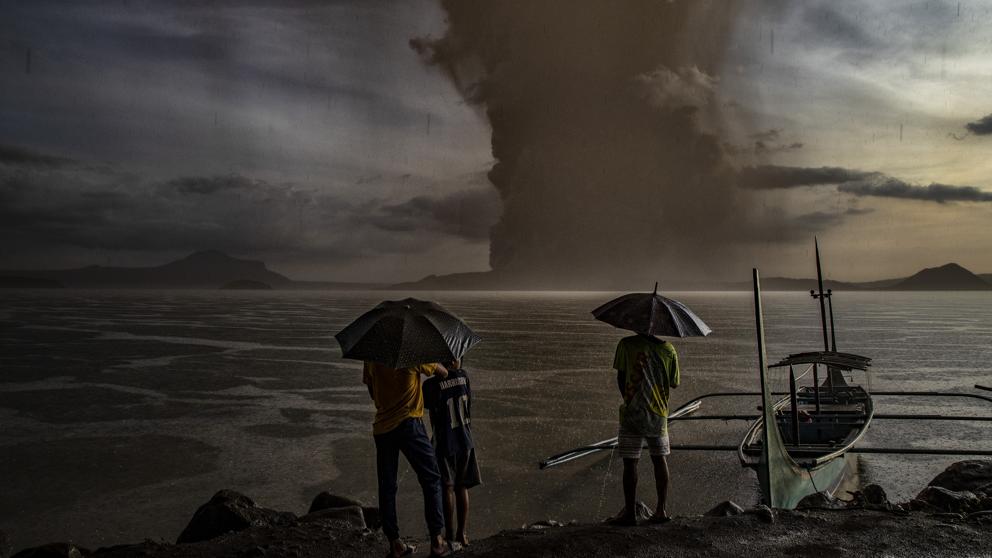
The Taal volcano, in the north of the Philippines, has begun to pour lava sources on Monday, after the Philippine Institute of Volcanology and Seismology (Phivolcs) warned this Sunday that there was an “imminent dangerous eruption”, accompanied by the possibility of a “volcanic tsunami,” according to Europa Press.
Manila is on alert since Sunday when the volcano, just 66 kilometers from the capital, began to expel ash and steam, which has forced the evacuation of at least 16,700 inhabitants from the surrounding areas, as confirmed emergency sources.
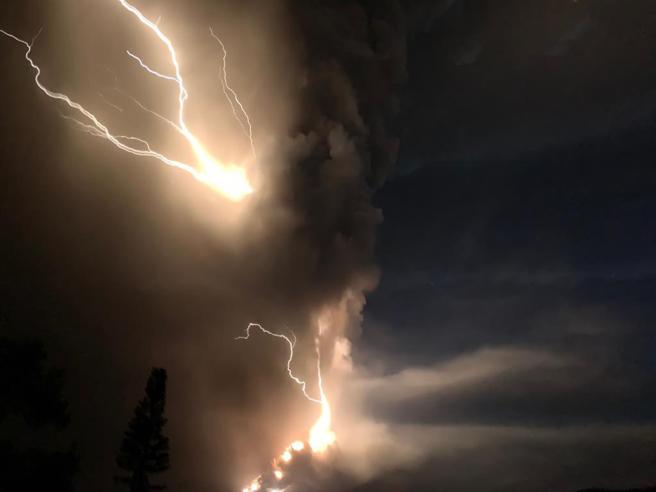
A man has died and three other people have been injured today in a traffic accident due to poor visibility produced by smoke and ash from the volcano, as EP has reported.
In the last 24 hours there have been a hundred earthquakes of volcanic origin, 32 of them perceptible with strong intensity.
The Ninoy Aquino airports in Manila and Clark have partially resumed operations after they were closed yesterday due to the lack of visibility caused by the ash.
The volcano is the second busiest in the Philippines and a popular tourist destination by the lake that houses its crater. The Taal has erupted 33 times since 1572, the last one in October 1977. The deadliest of all occurred in 1911, in which more than 1,300 people lost their lives.
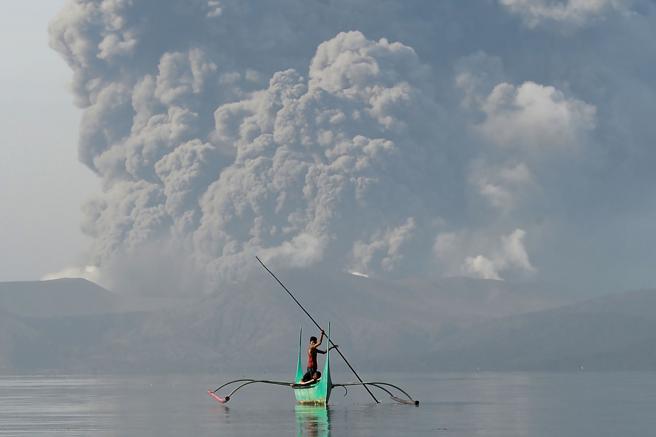
A young man on foot of the Taal volcano mounted in a canoe while the volcano throws ashes and smoke.
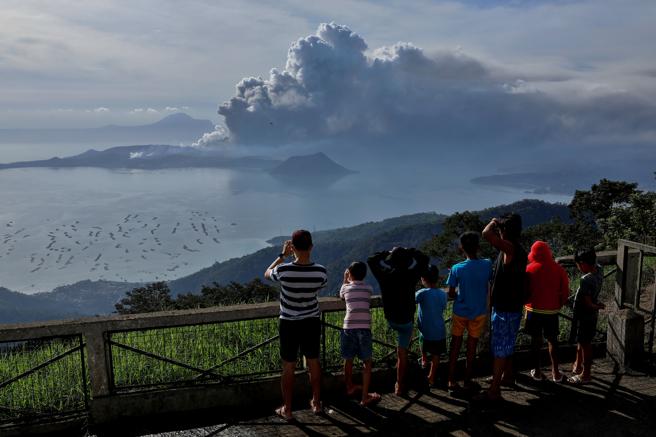
The Taal volcano is located in the middle of a lake about 70 kilometers (45 miles) south of downtown Manila. Thousands of tourists visit the Taal every year and some make excursions to their crater, partially flooded.
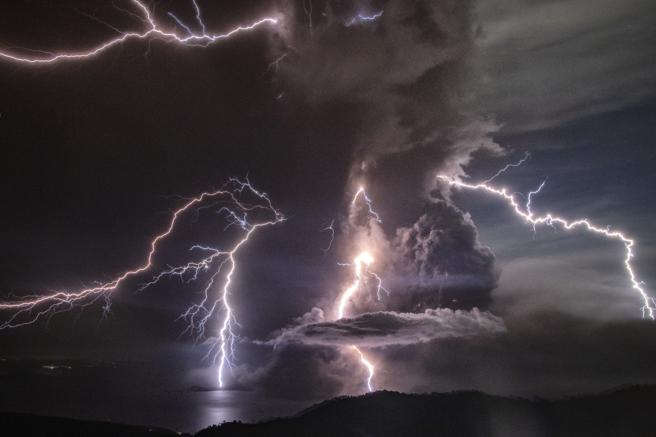
Lightning strikes while a column of ash surrounds the crater of the Taal Volcano when it erupts. Local authorities began to evacuate residents near the volcano when they began throwing ashes up to a kilometer high yesterday afternoon.
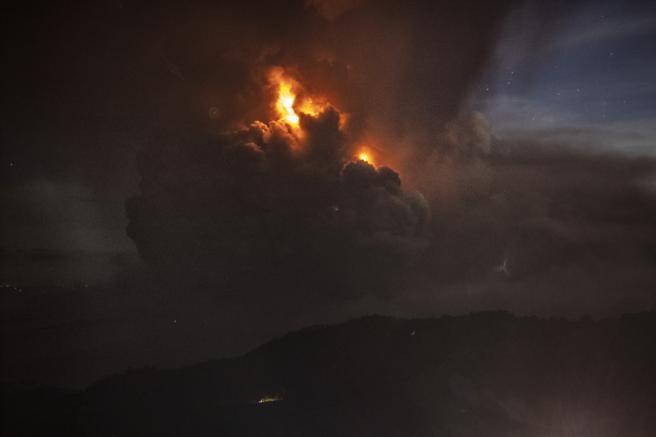
The Philippine Institute of Volcanology and Seismology (Phivolcs) raised its alert level to 4 on a scale of 5, which means that “a dangerous explosive eruption is possible in a matter of hours or days.”
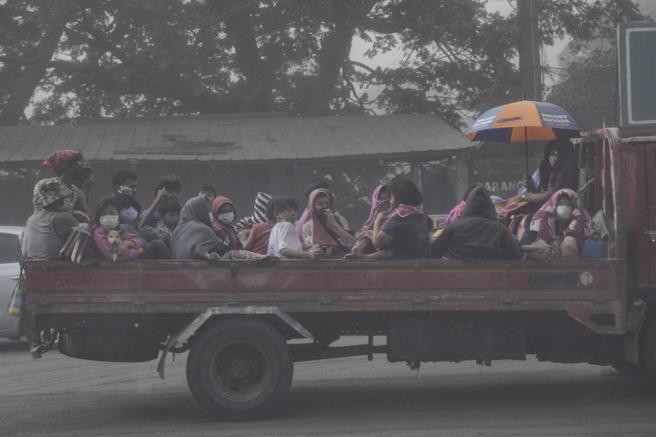
The Department of Health has warned that exposure to ash can cause health problems, which is why it has been recommended to the inhabitants of the affected areas to avoid being outdoors and if they do, they should wear masks and glasses.
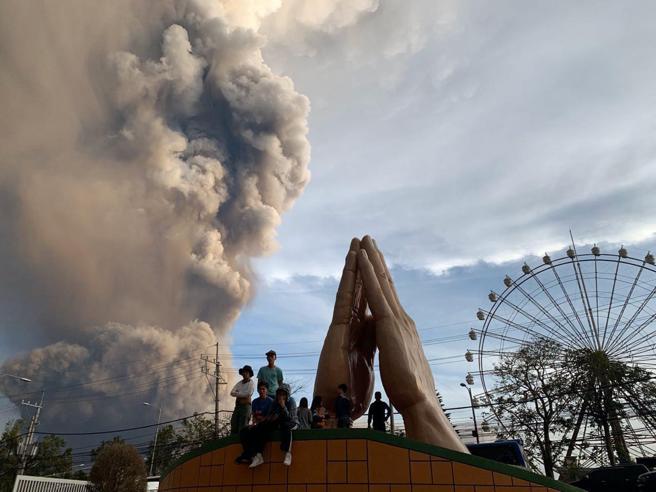
People watch the Taal volcano throw ashes and smoke during an eruption in Tagaytay, Cavite Province, south of Manila, Philippines, on Sunday.
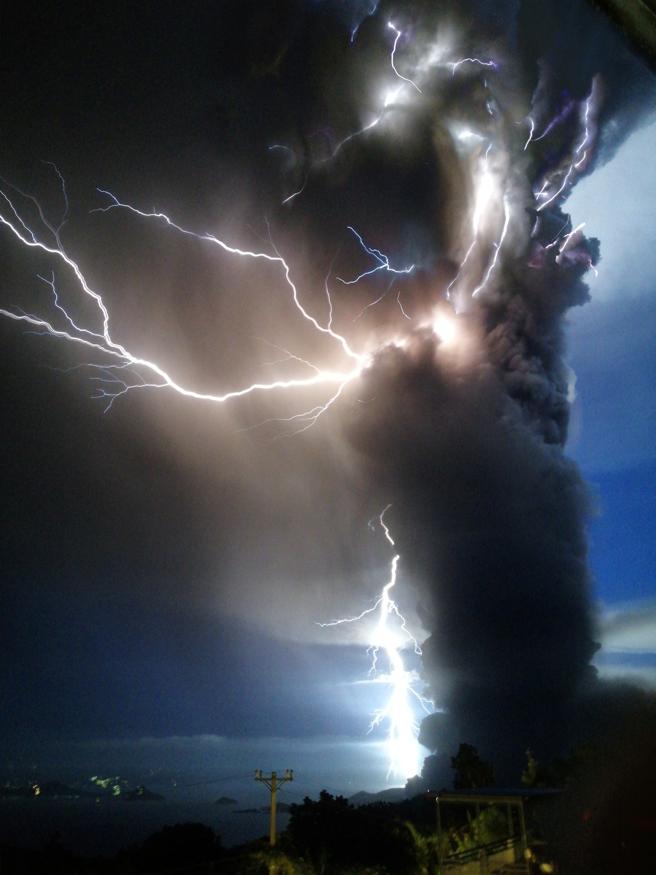
Lightning strikes when a column of ash surrounds the crater of the Taal volcano. Yesterday the airports decided to cancel all flights, but today operations have partially resumed.
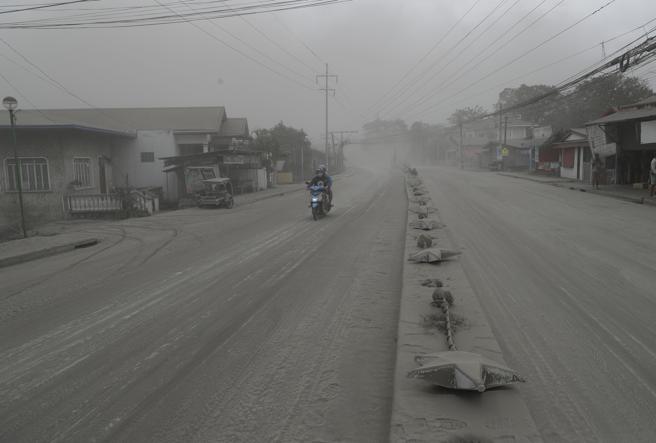
Lava has sprouted today after a sudden eruption of ashes and steam that forced villagers to flee yesterday and close airports, offices and schools.
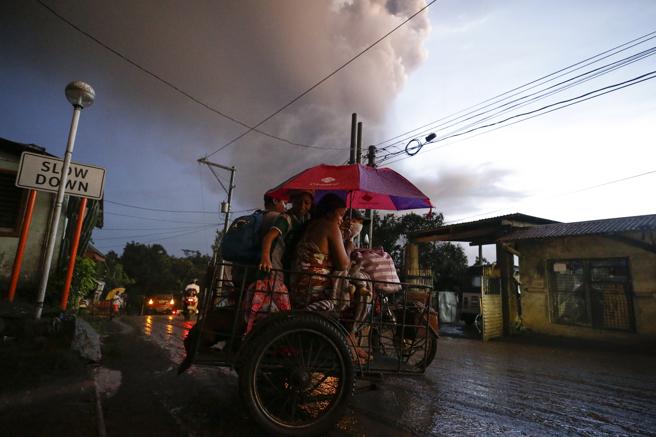
The inhabitants of Batangas and, more specifically, in Tagaytay, have seen how their famous volcano, which receives thousands of visits every year, has passed from level 1 to level 4 by the Philippine Institute of Volcanology and Seismology (PHIVOLCS) in less than 24 hours.
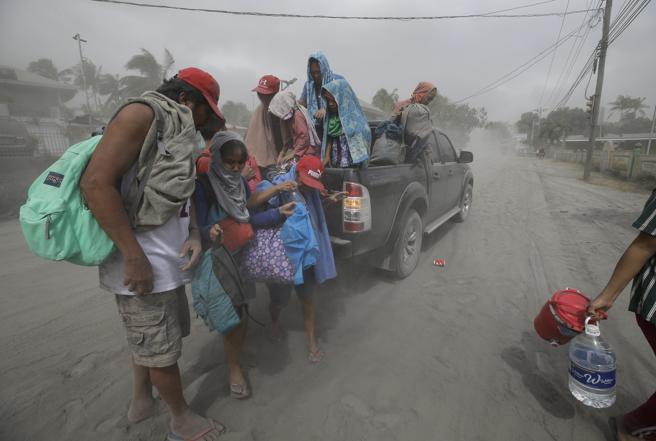
The towns closest to the Taal, specifically Agoncillo and Laurel, have been evacuated due to the risk of currents of classical pyrographic density and volcanic tsunami.
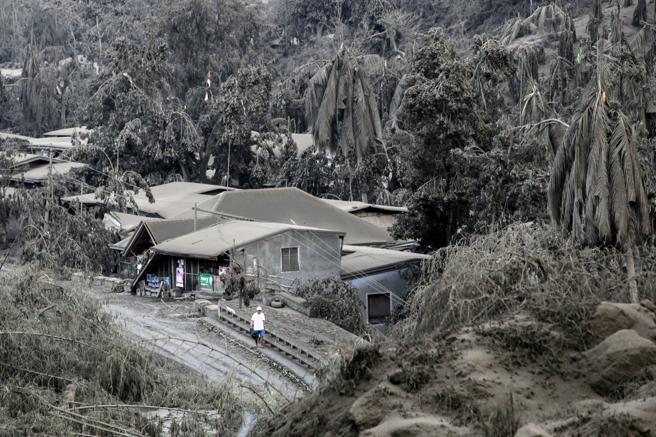
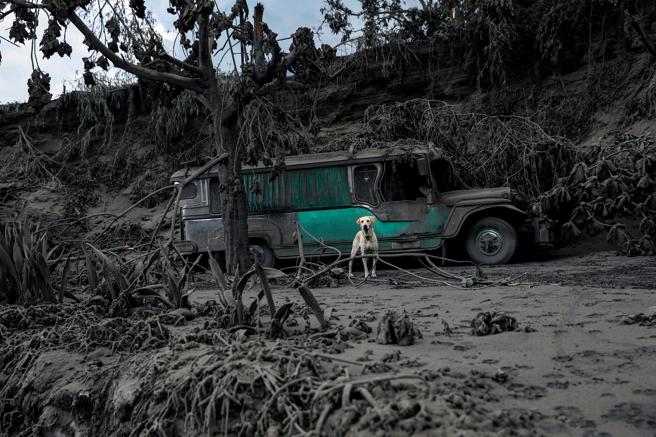
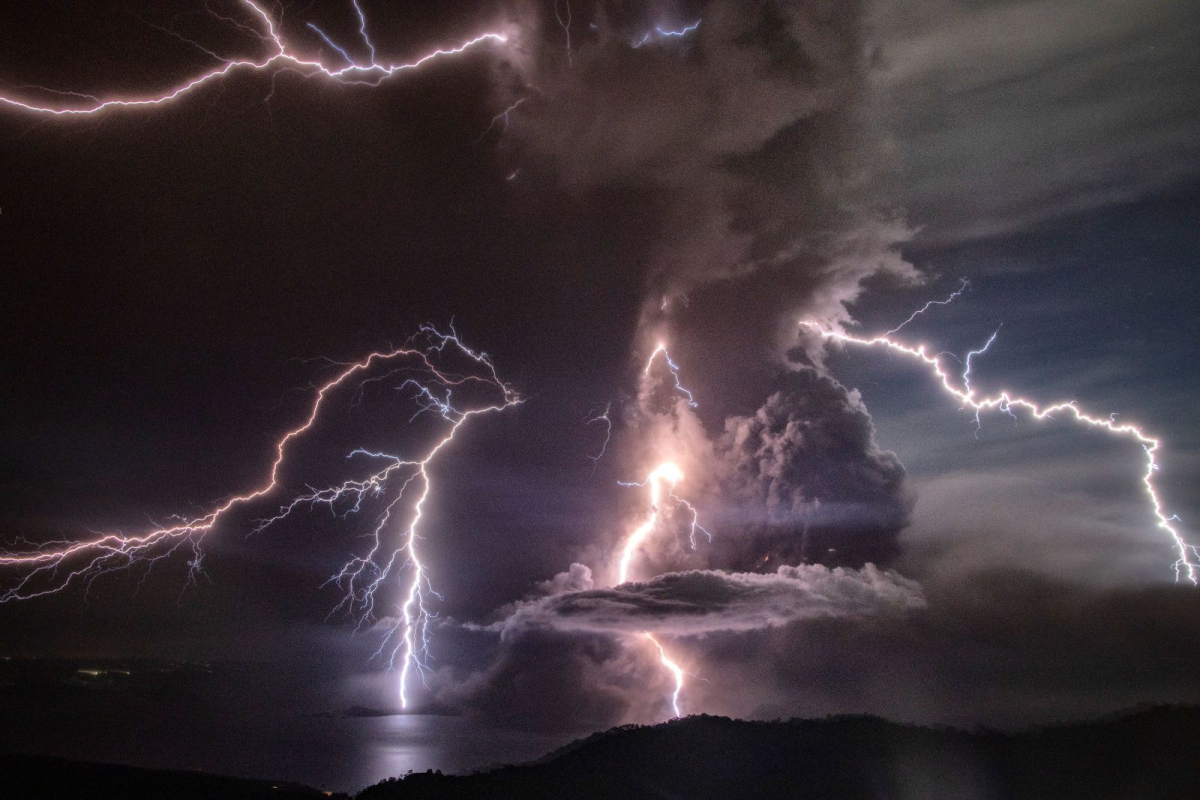
COMMENTS